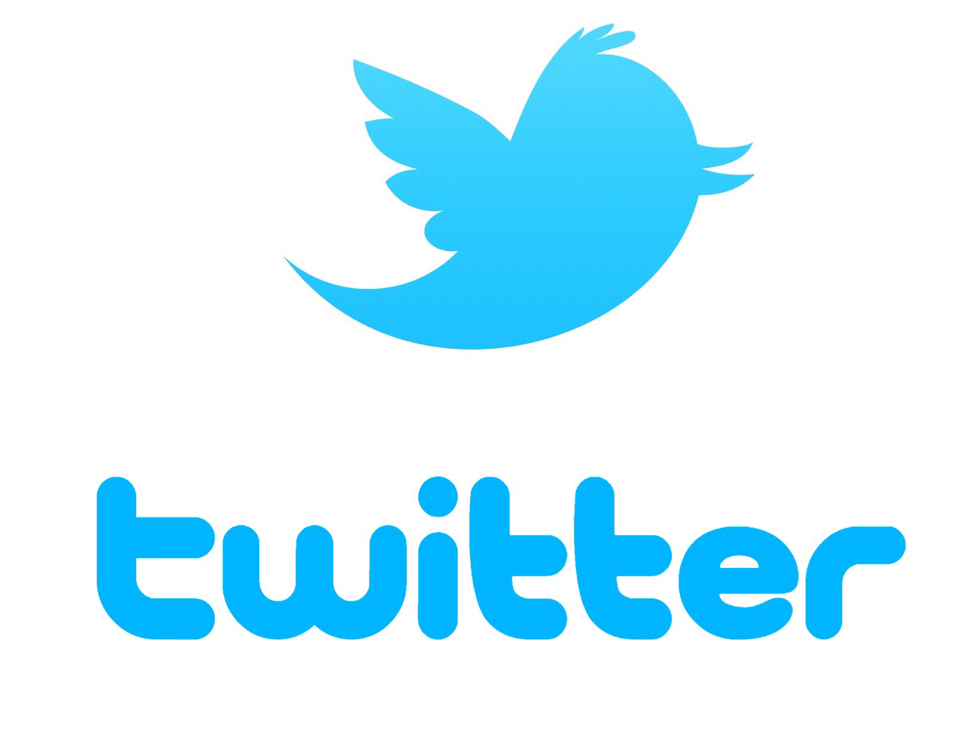Twitter is like one of Gatsby’s parties. Millions of people enjoy their online frolicking at the expense of someone else’s millions. $729 million last year to be exact. That’s just the cost of running Twitter and doesn’t even include the salaries of corporate management, R&D, or other administrative costs. That would be an additional $2.8 billion in expenses.
So anyone looking to purchase Twitter is calculating how they can earn back all this money plus 30% more as an investment return. That’s a pretty daunting task. If it were easy, Twitter would have done it already.
But Twitter is a huge repository of real-time information just waiting to be mined. You can’t get information like this just anywhere. So who could benefit from all this data? Who needs to know what’s trending? Who needs to know what people are passionate about? And how do you turn all this data into millions of dollars? Retailers, that’s who.
If you’re a retailer there are two factors which you try to keep in sync. This is what retailers like to see: Supply = Demand. If either gets out of whack, then you end up dealing with either lower profitability or unhappy customers. Twitter could be a valuable means to attack both sides of this balance.
Everyone discusses whether to use Twitter to advertise, and that’s probably what Twitter users fear most. But using Twitter to serve more ads focuses only on the demand side of the equation. Even if you wanted to buy Twitter to sell advertising to others, you’re still helping someone else focus on increasing their demand. Most people seem to ignore the enormous benefit that Twitter could offer in trying to manage the opposite side of the equation, supply.
All companies try to predict what the required supply of product is going to be before they actually need it. That’s because once demand is knocking at your door, it takes time to produce all those widgets. If you don’t have your products ready to sell, you lose those sales to a competitor and the customer goes away never to return.
In today’s world, we try to predict demand by using statistical analysis of past buying patterns and how they interact with prevailing conditions at the time. For instance, if you sold winter coats, you’d look not only at what month you sold your most coats but what were the average temperatures at the time. This is the way it’s been done for decades, because corporations don’t have access to a crystal ball.
Or do they? What if you could eavesdrop on the conversations of millions upon millions of people to see what they were excited about? If you sold baseball hats, would it be helpful to know that seventy percent of America is rooting for the Cubs? Would that influence which caps you put front and center in your store? Would that mean greater sales revenue and less unsold inventory (Cleveland caps)?
Twitter could be a gold mine for corporations like Walmart or Amazon who live and die by having the right product mix in the right places at the right time. I worked for the outdoor recreational retailer Cabela’s, and I can think of countless ways we would have loved access to Twitter to answer various questions.
Also, by managing supply, there seems to be a much more direct connection to revenue. If Cabela’s knew that hunters in the Northeast were buzzing about deer hunting more than usual and that down south conditions were the worst in years, they’d start moving their pieces on the board accordingly. That’s going to have a measurable impact on the income statement. Placing an ad on Twitter and hoping people see it and buy your products is a lot harder to justify.
If a company like Amazon were to buy Twitter and cut everything but the cost of keeping Twitter as it is today, essentially to keep paying the $729 million per year to run the place, it would need to see a sales revenue uptick of 0.7% to make back a 30% return. That’s less than a 1% sales increase, and it assumes that they stop all advertising. For Walmart, which has about four times the volume of Amazon, the numbers look even better.
Using Twitter as a means to manage supply instead of stoke demand would also mean that ads become much less important. You could potentially stop all ads as a means to attract more users, since what you’re really after is the intelligence of what’s trending and where.
Twitter’s purchaser essentially becomes the Great Gatsby, throwing a big all-expenses-paid party for everyone to enjoy. Because all those party goers are just a means to your end, which is having exactly what Daisy wants when she walks through your door.
Update: It occurred to me after I made this post that Amazon is already eavesdropping.



 RSS Feed
RSS Feed